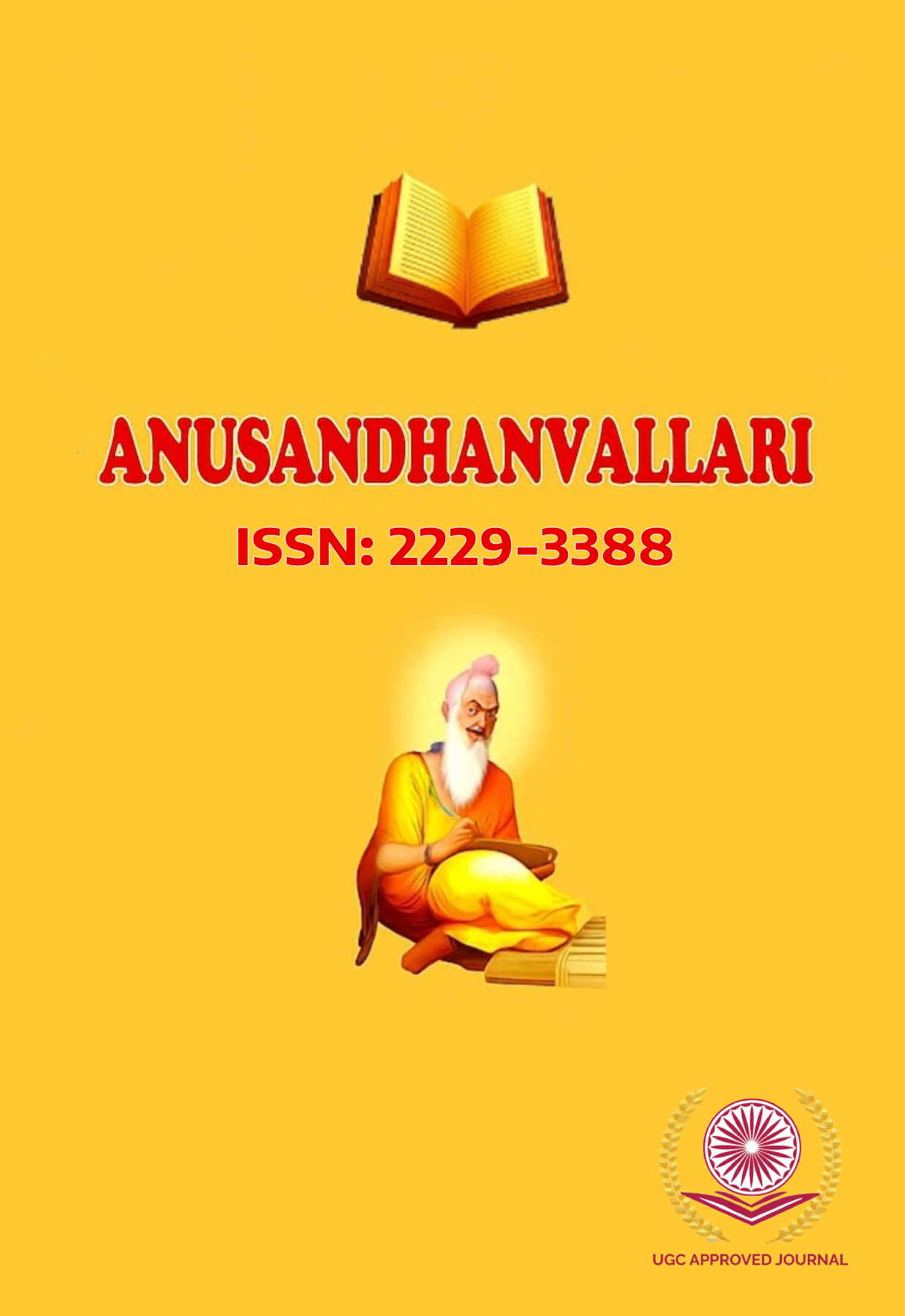Caste, Class, and Resistance in Contemporary Dalit Literature
Main Article Content
Abstract
Developed in modern India, the literature unfolding itself in the form of Dalit-world has proven one of the most productive spheres of social critiques since it challenges the systems of interconnected caste/class along with reflecting the means of struggle. According to lived practice, it is against the Brahminical literature tradition that is centered on self-representations founded on humiliation, the consumption of labor force and other forms of social dejection. Surpassing the echelons of representation, these writings serve as an instrument of political praxis whose end is an educational, agitational and mobilizing purpose as presumed by B. R. Ambedkar. The essay considers how Dalit writers, the variety of genre, many languages and geographical scattering, capture the castism Translation bibliothique uneasy bedfellows of caste and class. The interpretation of these interrelations between autobiographical testimony, oral registers, satire and documentation realism as counter-aesthetics of struggle comes about as the study follows the close reading of such works of Joothan by Omprakash Valmiki, Karukku by Bama, poetry by Namadeo Dhasal, Aaydan by Urmila Pawar, short fiction by Ajay Navaria and Ants Among Elephants by Sujatha Gidla. Such practices counteract normalizing trends of mainstream market and re-imagine the possibilities of solidarity and social transformation. The paper places the literary movement within bigger social-political discourses: of the Dalit Panthers of the 1970s, of the impact of economic liberalization, of urban migrations, and of the digital pamphlets and transnational Dalit movements. It postulates that despite the enhancement of mobility of classes in some corners, caste continues to set the stage in the receipt of resources opportunities and dignity. Dailt literature does not just reflect these continuities but also re-inscribes the worth of literature on the side of truth, immediacy, and political action of writing rather than elitist idea of literary finesse. Lastly, the current study establishes contemporary Dalit writing as tool and weapon in the annals of victimhood and equality rights journey. By examining the points where caste, class, and resistance met, it restates the abiding urgency of such a body of work in the imagination of an anti-caste, socially just future.

